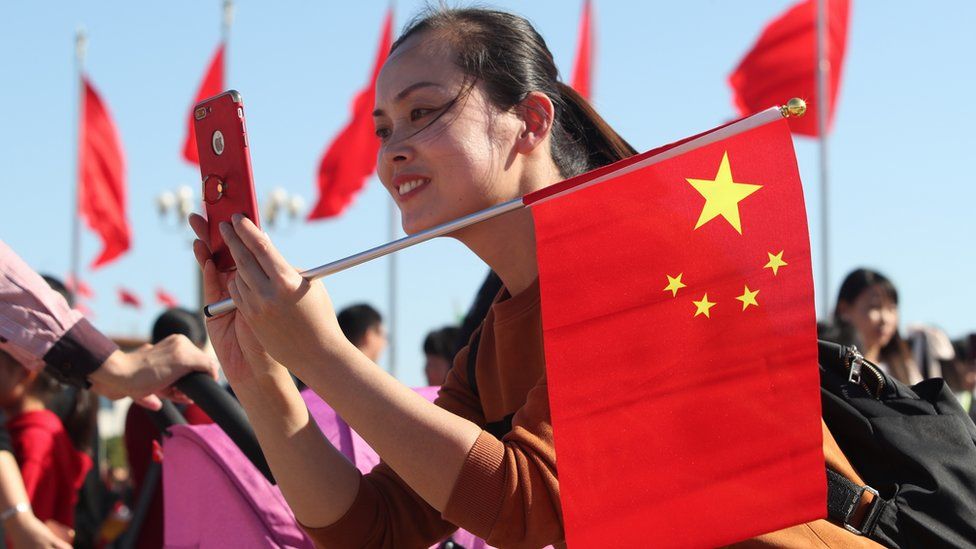The content is an introduction to China’s People’s Liberation Army (PLA). It provides a brief historical background of the PLA, its role and organization, its military modernization efforts, regional concerns surrounding its growing capabilities, China’s global ambitions, challenges and limitations faced by the PLA, and concludes with the significant impact the PLA has on shaping China’s domestic and foreign policies as well as the geopolitical landscape.
The People’s Liberation Army (PLA)
Introduction
The People’s Liberation Army (PLA) is the armed forces of the People’s Republic of China and is one of the largest military forces in the world. Established on August 1, 1927, initially as a revolutionary military force, it has evolved to become a modern and well-equipped fighting force. With its immense size and growing capabilities, the PLA plays a significant role in shaping China’s domestic and international policies.
Historical Background
The PLA traces its roots back to the Chinese Communist Party’s (CCP) military branch, which was established in 1927 during the Chinese Civil War. Led by Mao Zedong, the Red Army fought against the ruling Nationalist government and successfully gained control of the country in 1949, marking the establishment of the People’s Republic of China. Over the years, the PLA has undergone various changes, modernization efforts, and structural reforms to adapt to the evolving geopolitical landscape.
Role and Organization
The PLA has a wide range of responsibilities, including defending China’s territorial integrity, maintaining social order, and ensuring the ruling party’s control. It is divided into five main service branches: the Ground Force, Navy, Air Force, Rocket Force, and Strategic Support Force. Each branch specializes in different areas of military operations and is equipped with advanced weaponry and technology.
Military Modernization
Under President Xi Jinping, the PLA has embarked on an ambitious plan of military modernization. This modernization drive aims to transform the PLA into a world-class military force capable of defending China’s interests both regionally and globally. The focus is on developing advanced weapons systems, enhancing cyberspace and space capabilities, and expanding the navy’s reach in the South China Sea.
Regional Concerns
The PLA’s growing capabilities and assertiveness have raised concerns among neighboring countries and the international community. China’s territorial disputes in the South China Sea with countries like Vietnam, the Philippines, and Malaysia, coupled with its increased military activities in the East China Sea, have heightened tensions in the region. The PLA’s rise is seen by some as a potential threat to the existing balance of power in Asia.
Global Ambitions
As China’s economic and political influence expands, so does its military ambitions. The PLA’s overseas deployments, military bases in strategic locations, and participation in international peacekeeping operations demonstrate China’s desire to become a global power. However, its rise as a global military force is met with skepticism and concern, especially from countries that perceive China’s actions as an attempt to reshape the existing world order.
Challenges and Limitations
Despite its rapid development, the PLA faces several challenges and limitations. The military still grapples with issues such as corruption, lack of combat experience, and a dependence on foreign technology in certain areas. Moreover, the PLA operates within a complex political system where the ruling Communist Party has absolute control over the military, influencing its decision-making process and strategic priorities.
Conclusion
The People’s Liberation Army plays a crucial role in shaping China’s domestic and foreign policies. As it continues to modernize and expand its capabilities, the PLA’s rise is a force to be reckoned with, affecting regional and global dynamics. China’s increasing military prowess and its long-term intentions will undoubtedly shape the geopolitical landscape for years to come.
